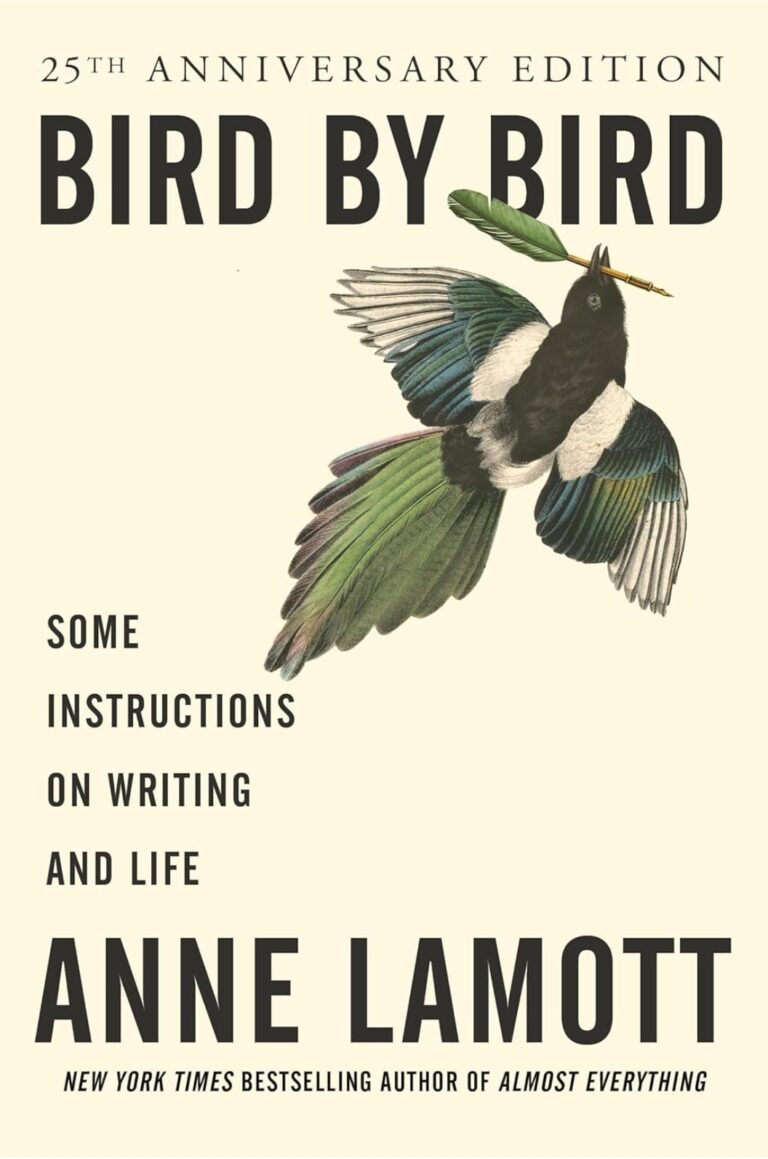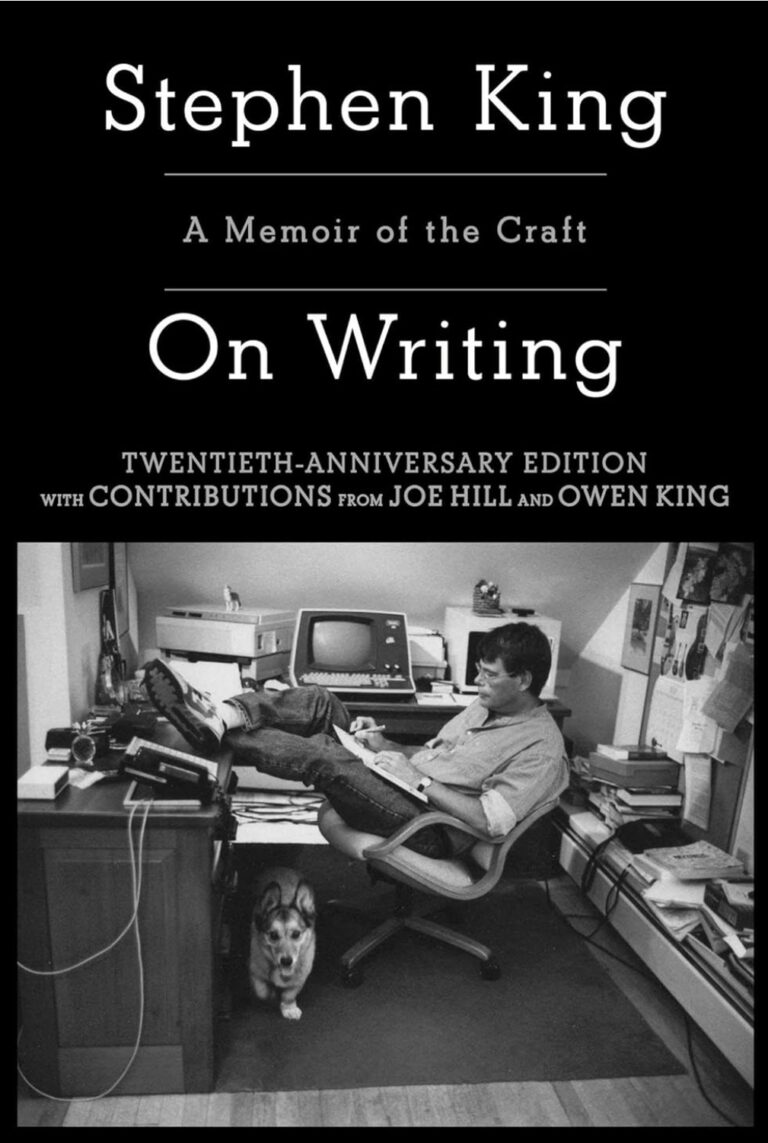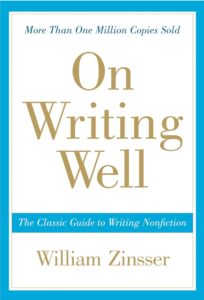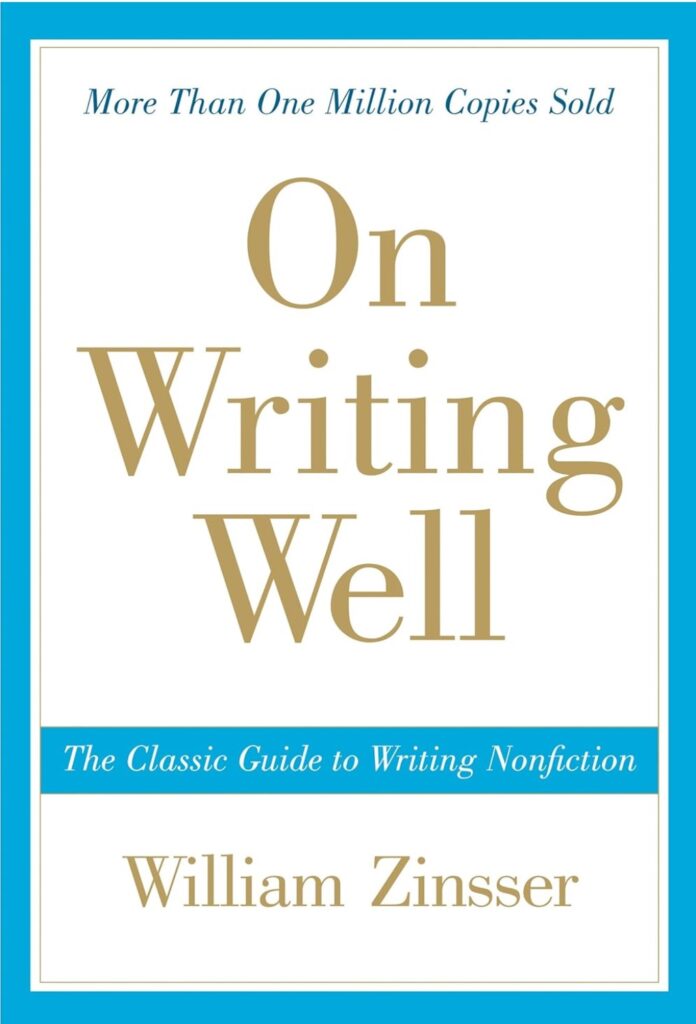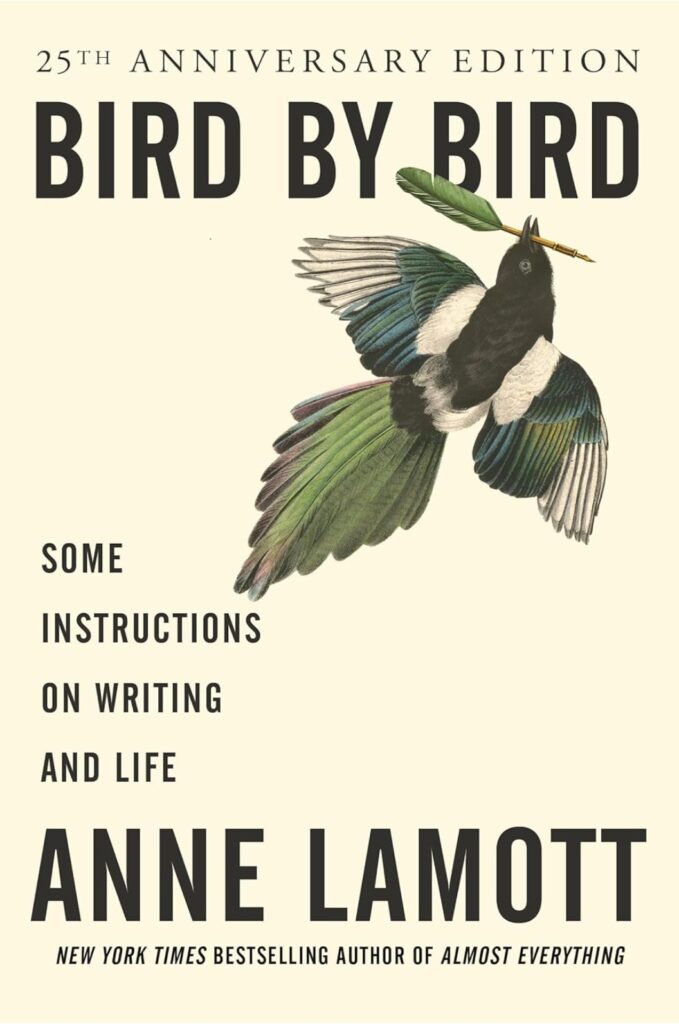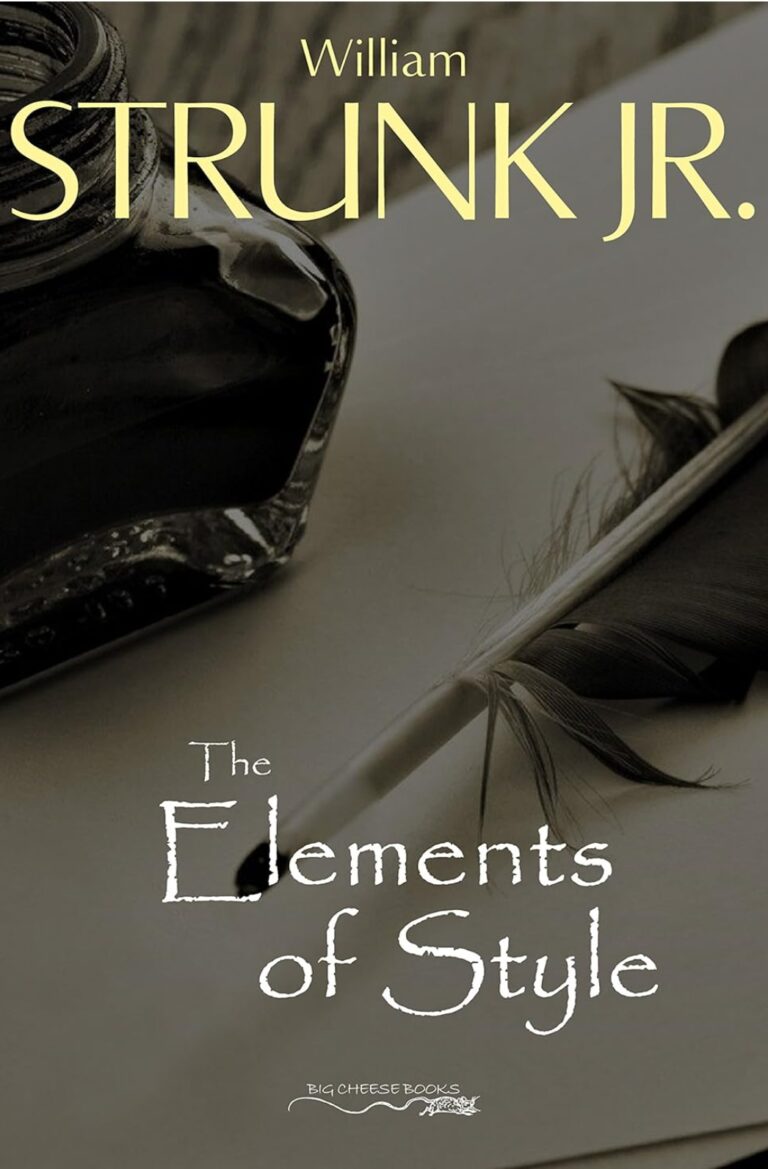Creating an immersive fantasy world that captivates readers is a challenge that every romance author must face. As someone who writes insta-love stories featuring aliens, paranormal creatures, and unusual scenarios, I’ve found that world-building is an essential skill.
It’s not just about creating a backdrop for the romance but making the world come alive, giving your characters a place that feels real and vibrant.
Table of Contents
ToggleThe Foundation of Your Fantasy World
Establishing the Rules
In my experience, one of the first steps in world-building is to establish the rules of your fantasy world. This includes the laws of nature, the existence of magic or supernatural elements, and the societal norms.
For instance, in a story I wrote about a planet inhabited by shape-shifting aliens, I had to define how their transformations worked and how these abilities affected their society.
I’ve found that clearly defined rules help maintain consistency and make your world believable. When readers understand how things work, they can more easily immerse themselves in the story without being pulled out by inconsistencies.
Creating a History
Another crucial aspect is giving your world a history. This history can influence the present day and add depth to your story.
In one of my novellas, I created a rich backstory of a war between different paranormal factions that shaped the current political landscape. This historical context provided motivations for my characters and added layers to their interactions.
Think about significant events, cultural shifts, and historical conflicts in your world. How do they impact the lives of your characters today? A well-thought-out history can make your world feel lived-in and real.
Developing Unique Cultures
Societal Structures and Norms
Every fantasy world needs unique cultures that reflect its diversity. In my experience, creating detailed societal structures and norms can greatly enhance the authenticity of your world.
For example, in a novella I wrote about a hidden society of werewolves, I explored their hierarchical pack structure and rituals, which influenced how they interacted with each other and outsiders.
Consider what makes each culture in your world unique. What are their customs, traditions, and social hierarchies? How do these cultural elements shape your characters’ behaviors and relationships?
Languages and Communication
I’ve found that developing unique languages or dialects can add another layer of realism to your world. While you don’t need to create an entire language, having a few key phrases or linguistic quirks can give your world more texture.
In one of my stories, I created a few key phrases in the alien language that were used during significant moments, adding authenticity to the interactions.
Think about how different cultures in your world communicate. Do they have formal and informal ways of speaking? Are there certain phrases or idioms unique to their language? These details can make your world feel more complete.
Building the Physical World
Landscapes and Geography
The physical environment of your world plays a significant role in shaping the story. In my experience, detailed descriptions of landscapes and geography help readers visualize and immerse themselves in your world.
For a story set in a mystical forest, I described the ancient trees, the magical flora, and the hidden pathways that added a sense of wonder and mystery.
Consider the various environments in your world. Are there majestic mountains, vast deserts, enchanted forests, or bustling cities? How do these landscapes affect the lives and adventures of your characters?
Incorporating Sensory Details
I’ve found that incorporating sensory details can bring your world to life. Describe the sights, sounds, smells, and textures that your characters encounter.
In one of my stories, I described the eerie glow of bioluminescent plants, the distant howl of mythical creatures, and the cool, damp air of an underground cavern. These details helped create a vivid and immersive experience for the readers.
Think about how to engage all the senses in your descriptions. How does the environment feel to your characters? What do they see, hear, and smell? Sensory details can make your world feel more tangible and real.
Integrating the Fantasy World into the Romance
Setting the Scene for Romance
In my experience, the fantasy world should enhance the romance, not overshadow it. The setting can create opportunities for romantic moments and conflicts that drive the story forward.
For instance, in a novella where the protagonists are from rival paranormal factions, the tension between their worlds added depth to their forbidden romance.
I’ve found that using the unique elements of your world to create romantic scenes can make the story more engaging.
Consider how the setting influences the characters’ interactions. How do the challenges of their world bring them closer together or drive them apart?
Creating Conflict and Resolution
The fantasy world can also provide external conflicts that test the characters’ relationship. In one of my stories, the characters had to navigate political intrigue and supernatural threats, which brought them closer as they faced these challenges together.
The resolution of these conflicts often strengthened their bond and provided satisfying arcs for both the romance and the plot.
Think about the obstacles your characters face in your world. How do these challenges test their relationship and help them grow? By integrating conflict and resolution into the fantasy setting, you can create a more dynamic and compelling romance.
Final Thoughts
Creating a fantasy world that enthrals readers involves meticulous planning and imaginative thinking. In my experience, the key is to balance detailed world-building with the development of your romance.
By establishing clear rules, developing unique cultures, building a vivid physical world, and integrating these elements into the romance, you can create a setting that captivates readers and enhances the love story.
Remember, the goal is to make your world feel real and lived-in, providing a rich backdrop for the romance to unfold. With careful attention to detail and a focus on the sensory and emotional experiences of your characters, you can craft a fantasy world that draws readers in and keeps them coming back for more.
Happy writing!












